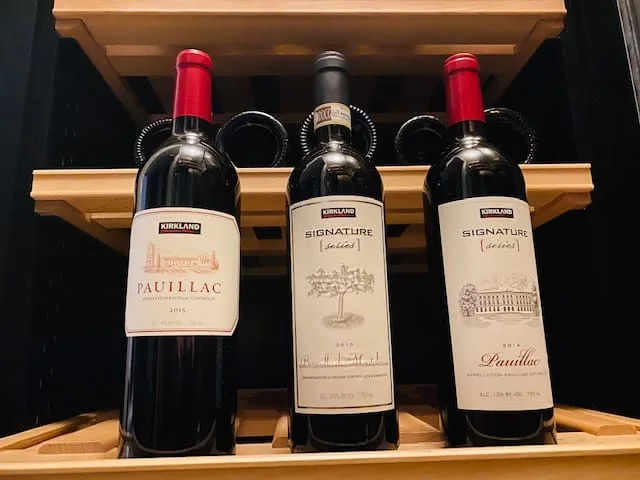Ice can be added to wine with no detrimental effect. Pexels
Contrary to popular belief, ice is not the enemy of wine. Heavens, you put ice blocks in your whisky (or at least some people do), not to mention your Campari and soda, so why not your wine?
There was a time before refrigeration became commonplace in wineries, when throwing large chunks of ice into the fermenting vat was standard practice.
Settling in for a Spanish lunch recently in warm subtropical Brisbane, I ordered a couple of glasses of Rioja Crianza to accompany the salt and pepper calamari, the scallops with morcilla, the meat balls and grilled broccoli. Two tepid glasses of red fluid arrived at table.
Not wanting to kick up a fuss, I went to the bar and asked the barman for two ice blocks. He gave me two tumblers crammed with ice blocks. I put one in each glass and within a couple of minutes the wine was drinking beautifully. Before half the wine was drunk I put another ice block in each, and still there was no detrimental effect.
Ice restored freshness to what minutes before was a tired wine. Rioja has the weight and concentration to cope with a touch of dilution. The benefits outweighed the drawbacks, if indeed there were any.
There was a time before refrigeration became commonplace in wineries, when throwing large chunks of ice into the fermenting vat was standard practice. Fermentations need to be controlled, and in a warm country
This Article was originally published on The Real Review






